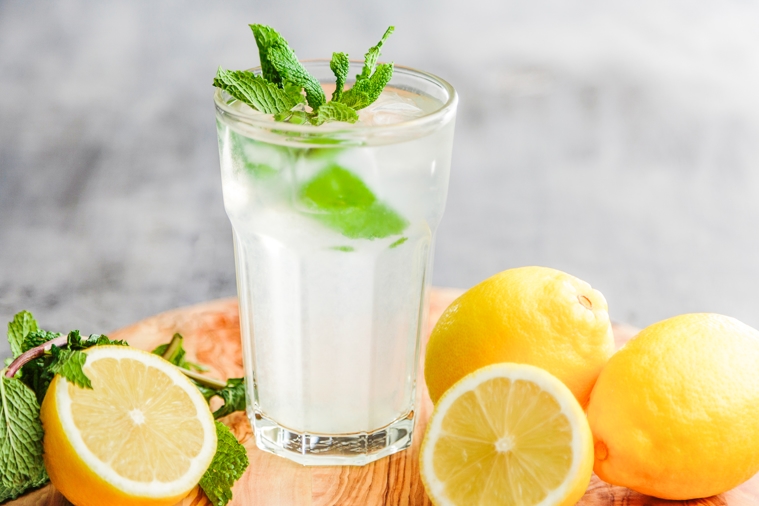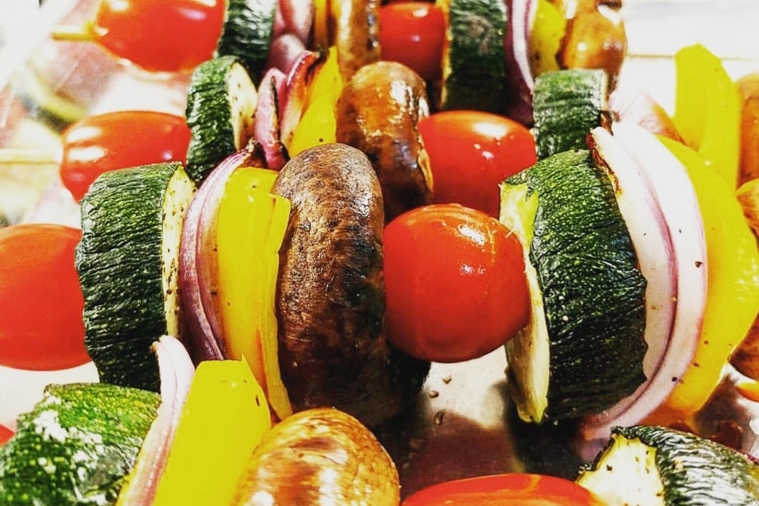Decoding food labels for a healthier you
Oct 21, 2019

“You see calories, sugar, sodium and so forth. But do you know what to look for or how to understand the information?” asks Rajinder Maan, MD, a family physician at Adventist Health Simi Valley.
For many people, the answer to that question is, “Not really.” Sure, you can read that a can of beans contains 160 milligrams of sodium. And you know that sodium is a component of salt. But is 160 milligrams a lot or a little?
“Being able to understand a food label affects your health," Dr. Maan says. "What you eat will definitely impact your health in the long run.”
That’s why Dr. Maan tries to teach mini-classes of “Food Labels 101” to as many of his patients as possible.
“Once you master how to read a food label, you can easily take control of your diet,” Dr. Maan says. “Whatever your goal may be—whether it’s controlling blood sugar or losing weight or reducing your blood pressure—you can work toward it more easily.”
If you’re not sure how to decipher a food label, read on. October is Health Literacy Month, so now is a good time to learn.
Nutrition facts to know
When it comes to reading food labels, you need to understand what each category is trying to tell you. A logical place to start is at the top with the item's serving size. The rest of the label's information reflects that one serving size. Here's what you'll find on the average food label:
Serving size. This tells you how much of the product equals one serving. A serving size is based on the amount of food that is usually eaten at one time. One can of beans may contain two servings. Six crackers from a pack may equal one serving.
Servings per container. This tells you how many servings that package contains. In the case of the above can of beans, that would be two. The crackers could be 10 or 20—much more than you want to eat.
Calories. How many calories are in each serving? “This is very important to know when it comes to losing weight,” Dr. Maan says. A low-calorie food is 40 calories or less per serving.
Fat. You want to limit the saturated fats you eat by replacing them with unsaturated fats. Limit trans fat to as close to zero as possible. Both saturated and trans fats are linked to an increased risk for heart disease.
Percent Daily Values. These are for the whole day, not just one meal. Low is 5% or less. High is 20% and up.
Cholesterol. “You don’t want to avoid it completely, but keep it to a minimum,” Dr. Maan says. A low-cholesterol food is 20 milligrams or less of cholesterol and 2 grams or less of saturated fat per serving.
Sodium. This is an important value for people with high blood pressure, Dr. Maan says. “If you have high blood pressure, you want to keep sodium to less than 2 grams per day.” A low-sodium food is 140 milligrams or less of sodium per serving.
Carbohydrates. There are three types of carbohydrates: sugars, starches and fiber. If you have diabetes, you need to pay attention to carbohydrates. Limit sugars, especially added sugars. Look for foods high in dietary fiber.
Protein. You want to eat a variety of protein. Examples are fish, poultry, lean meats, eggs, beans and peas, nuts and seeds, and soy products.
Additional nutrients. Aim for high Percent Daily Values in vitamin D, calcium, iron and potassium.
Don’t forget to read the ingredients
Ingredients aren’t officially part of the Nutrition Facts label, but they’re important.
“Ingredients are listed in order of weight,” Dr. Maan notes. That means the food contains more of the first ingredient than the second, and so on. This gives you a good idea of what any product is made from.
“Sometimes there are added sugars with different names—like corn syrup, fruit juice concentrate, maltose or cane sugar,” Dr. Maan says. “If sugar is listed five times as part of the ingredients, you might want to avoid that food.”
Talk to your doctor
If you want to learn more about reading food labels, talk to your doctor. You could also consider asking for a referral to a dietitian.
Prep for better nutrition
It’s easier to make nutritious meals if you know how to prep ahead of time. Learn more about meal prepping.


